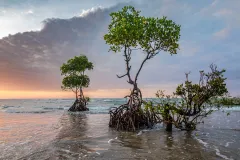Showing results for
"All"
Language
Content type
Article Type
Topics
Tags
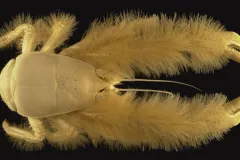
overview
The Census of Marine Life
Did you know that over 17,000 species thrive in the deep sea where no light......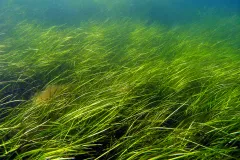
overview
Seagrass and Seagrass Beds
Seagrasses are found in shallow salty and brackish waters in many parts of the......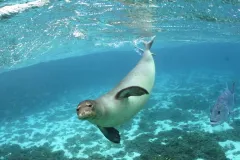
slideshow
Backbone of Biodiversity at Risk
The International Union for the Conservation of Nature (IUCN) maintains the......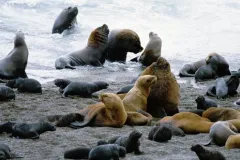
slideshow
Marine World Heritage Photo Gallery
Marine World Heritage is a prestigious list of 50 marine ecosystems and......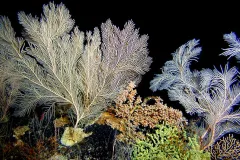
slideshow
Diversity of Deep-Sea Corals
Sample the surprising diversity of deep-sea corals. See some of the ways they......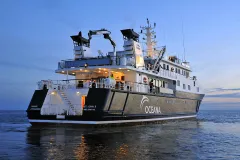
slideshow
Biodiversity in the Baltic Sea
In the spring of 2011, a research crew from Oceana spent two months in the......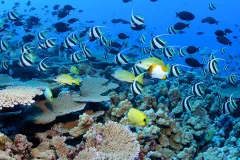
slideshow
Bizarre and Beautiful Coral Reef Animals
From parrotfish that cover themselves in a blanket of their own mucus to tiny...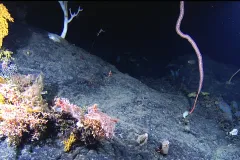
slideshow
Seamounts, A Deep-Sea Habitat
Thousands of seamounts—most of them undersea volcanoes—tower above the muddy......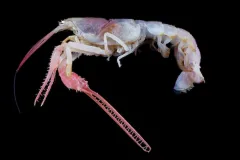
slideshow
Deep Ocean Diversity Slideshow
Deep sea animals have to live in a very cold, dark, and high-pressure environment......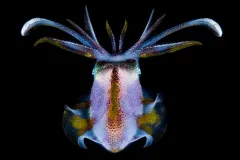
slideshow

